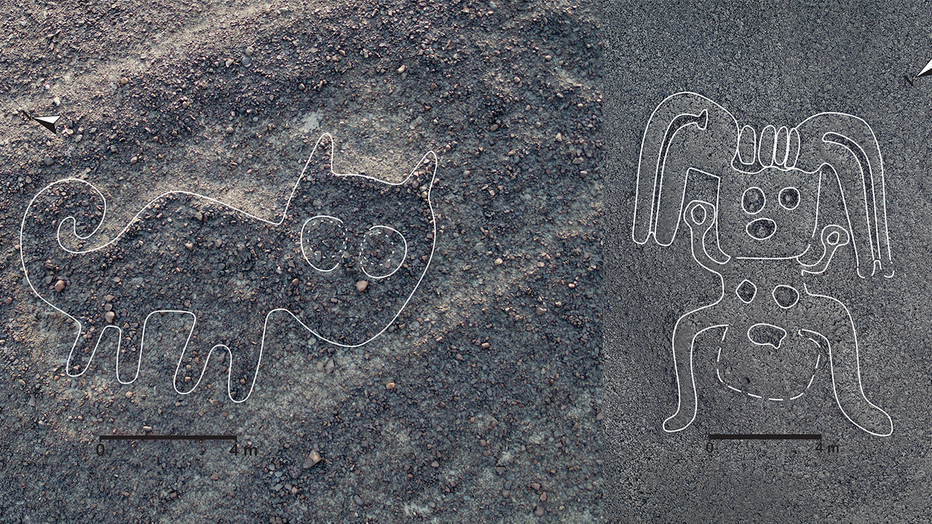Researchers from Japan use AI to discover 143 ancient drawings in Peru that can be seen from space

Researchers discover 143 ancient drawings in Peru that can be seen from space
A cultural anthropology team at Yamagata University in Japan recently announced the discovery of 143 huge ancient drawings etched in Peruvian soil known as “geoglyphs.”
NAZCA, Peru - A cultural anthropology team at Yamagata University in Japan recently announced the discovery of 143 huge ancient drawings etched in Peruvian soil known as “geoglyphs.”
According to an announcement by the researchers, a partnership between the university and IBM Japan utilizing IBM Power Systems servers along with artificial intelligence helped discover the geoglyphs.
The high-resolution images taken from space depict various figures including people, animals and other beings and are found primarily in the Nasca Pampa, a region of southwestern Peru.
The newly discovered geoglyphs are thought to date between 100 BC and 300 AD and range between five to 100 meters in length.
Researchers from the university led by professor Masato Sakai have been studying the Nasca Lines since 2004 and while the latest discovery is a tremendous boon to their research, scientists say much more is needed to continue their work while preserving the site.

The high-resolution images taken from space depict various figures including people, animals and other beings.
“The expansion of urban areas in Nasca has brought damage to the lines, resulting in a trend that has drawn attention as a social issue. There is an urgent need to gain an accurate understanding of the geoglyphs' distribution so that work can be done to protect them,” researchers said.
The team of scientists said the figures were created by removing black stones native to the land in order to expose white sand underneath.
Sakai’s team divided the drawings into two categories, one group that were used for places of ceremonial worship, and the other that were used for landmarks to guide people. The larger figures tended to depict various animals.

